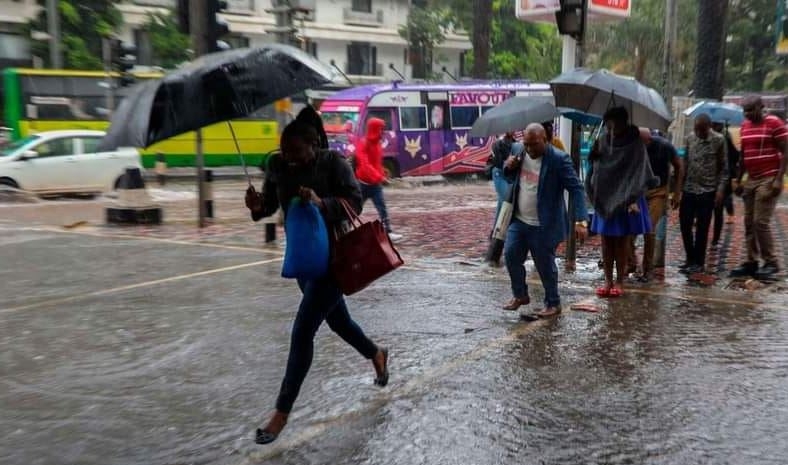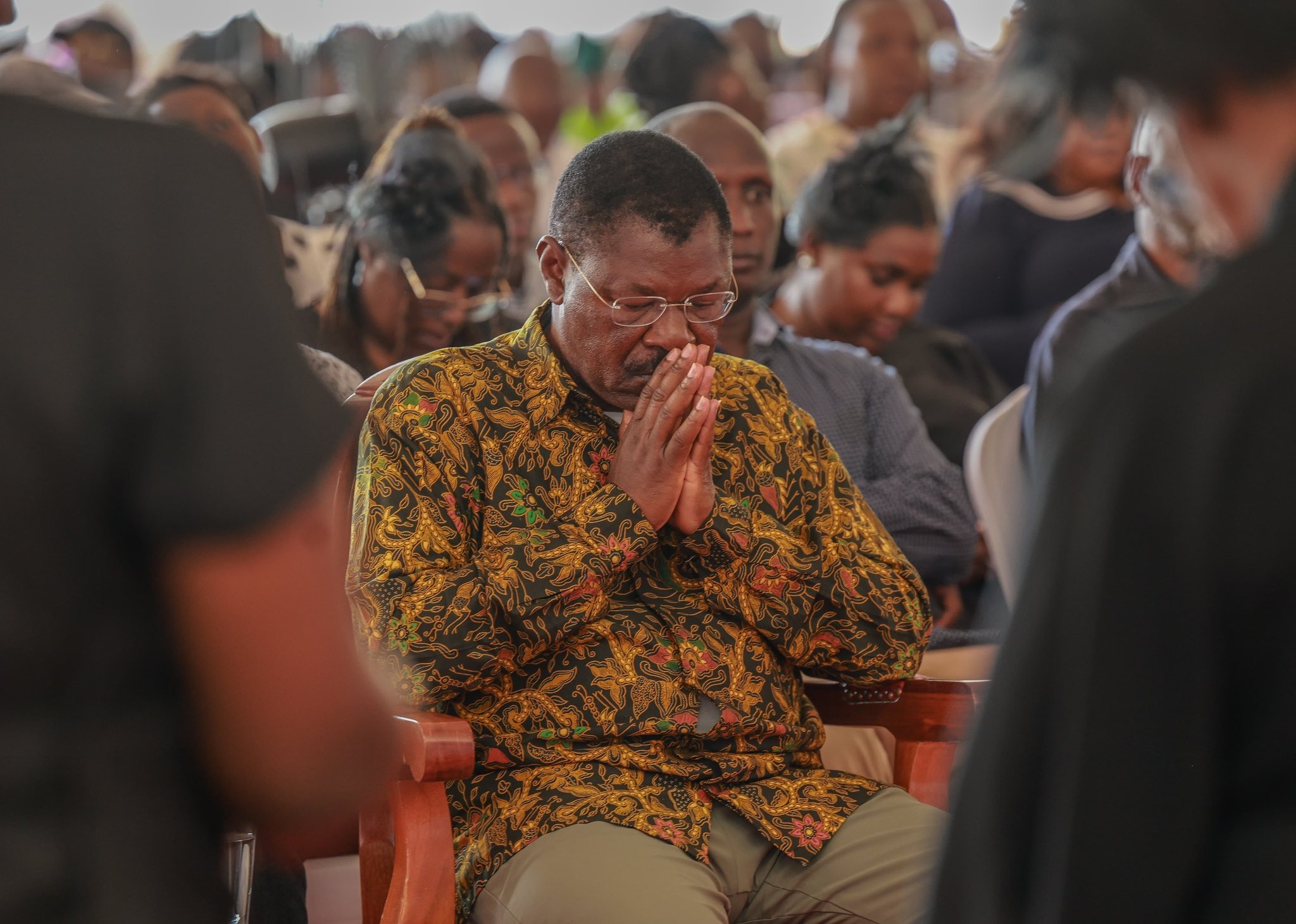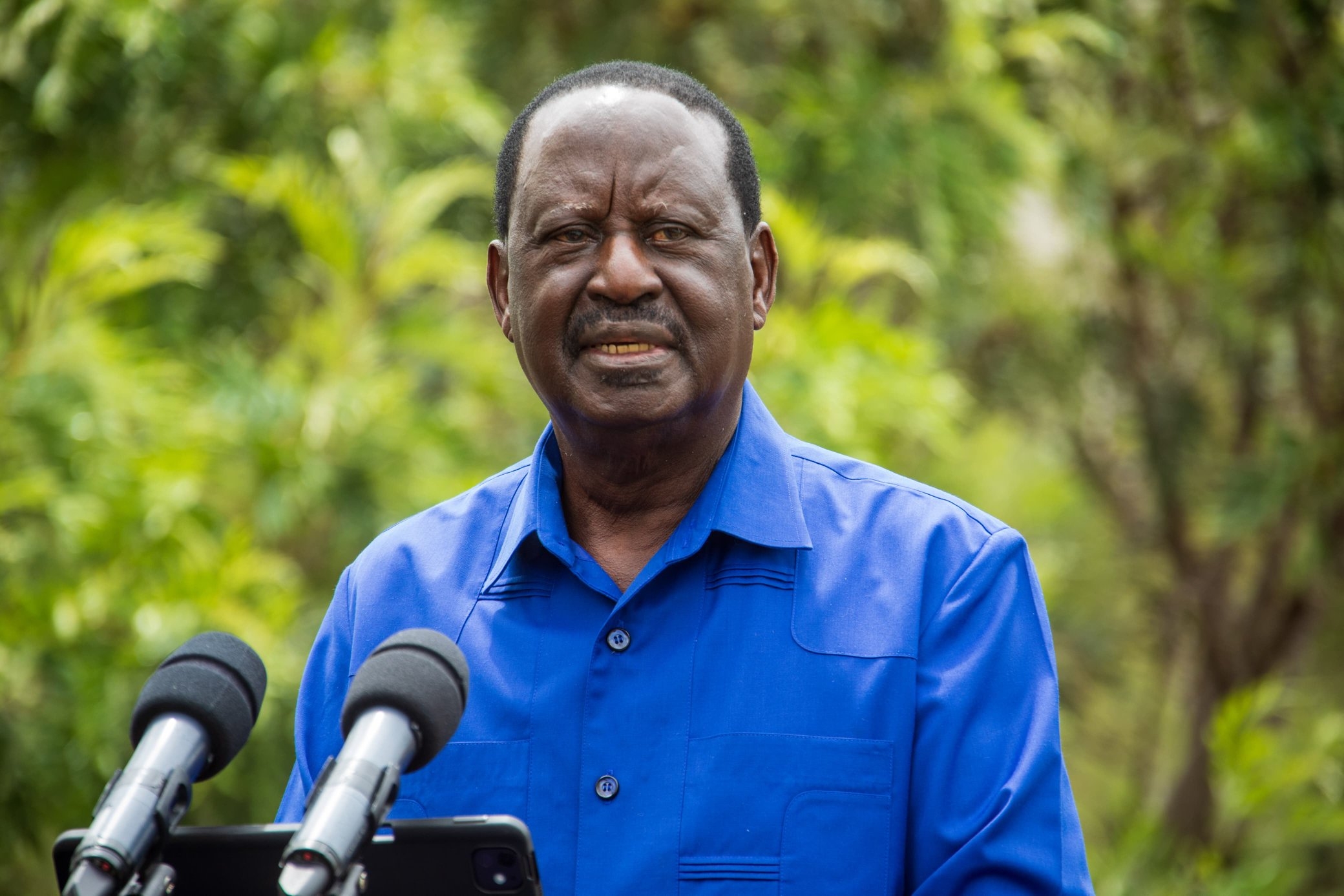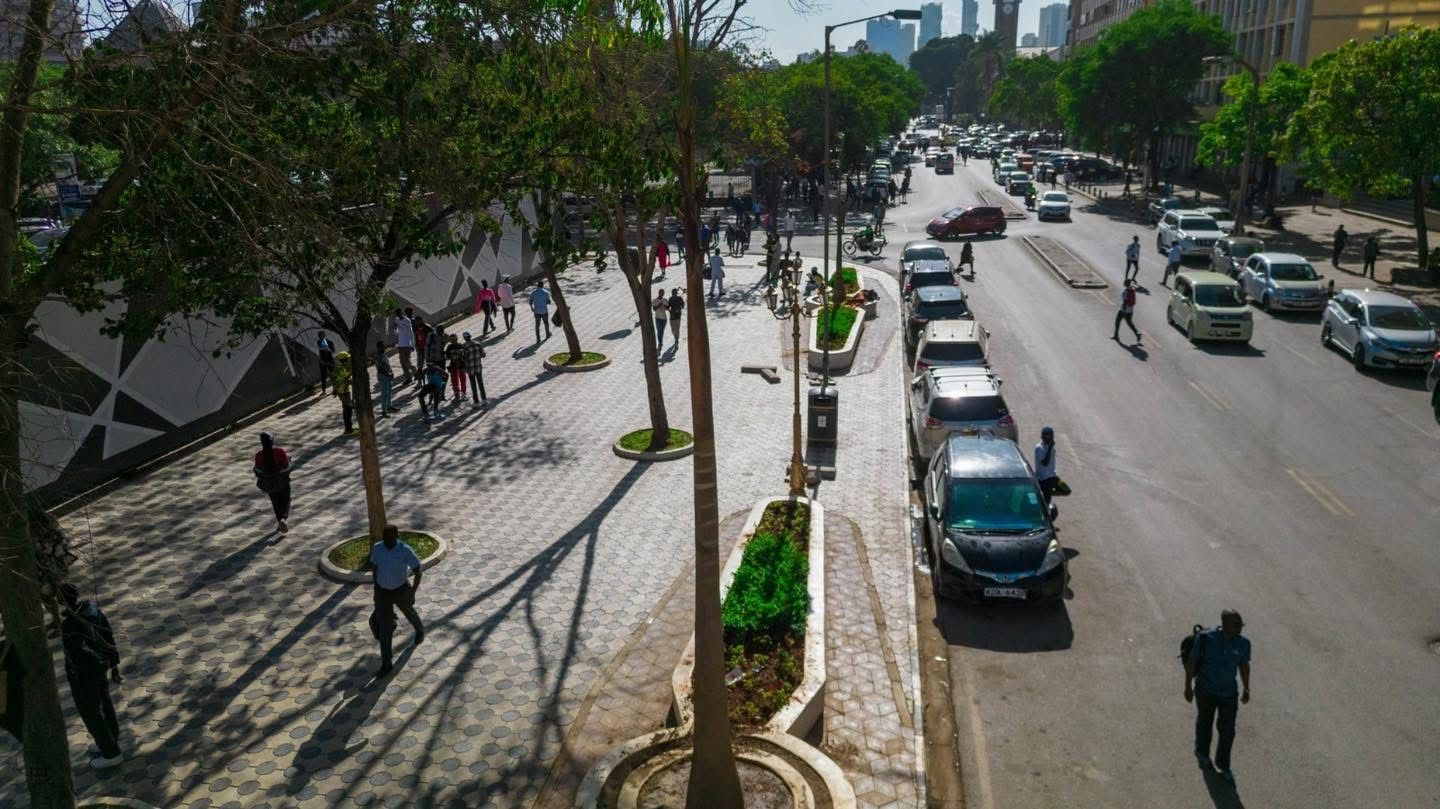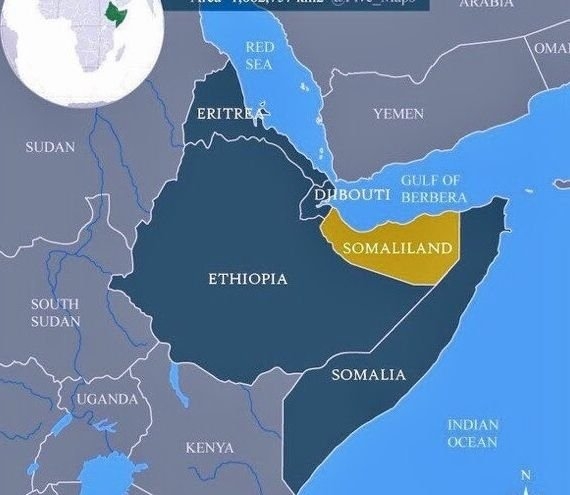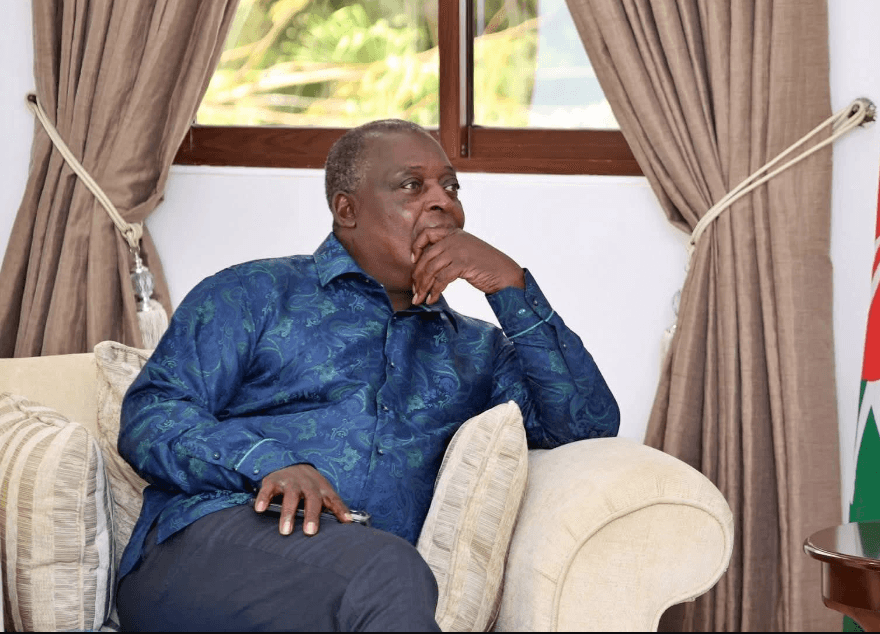![[PHOTOS] Elephants tranquilized ahead of translocation from Rumuruti](/_next/image?url=%2Fassets%2Fimg%2Ffallback.webp&w=3840&q=75)
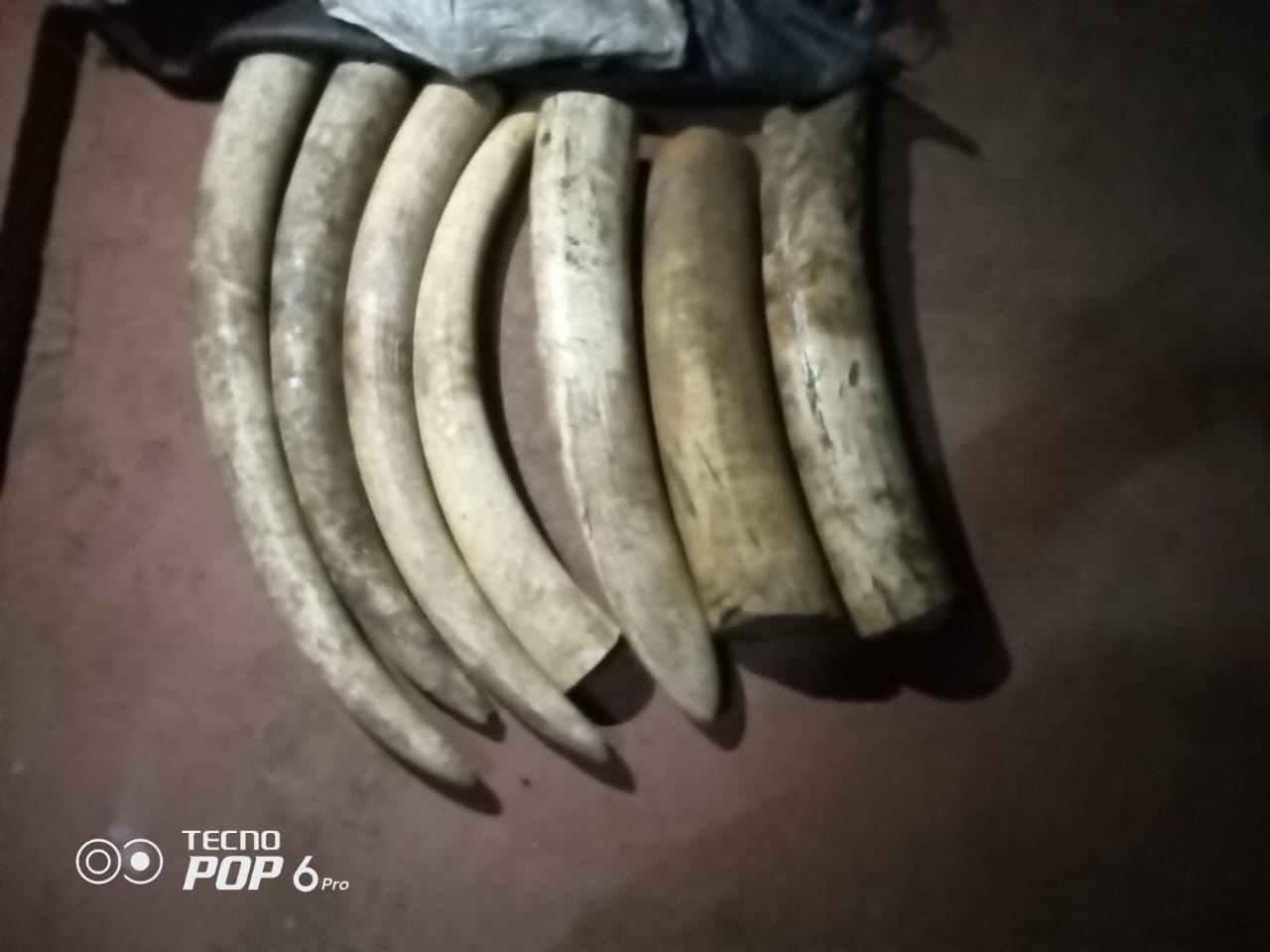
Multi-agency teams in Maralal, Samburu County, recovered 47 kilos of elephant tusks after a shootout with suspected poachers.
The seven pieces of
ivory were abandoned on a motorcycle on a roadside on Tuesday, May 20.
A group of poachers
had been looking for a market to sell the ivory before they were duped; the buyers
were ready.
Officials from the Kenya
Wildlife Service posed as buyers and agreed to meet with the sellers at a road
junction.
The dealers arrived
on a motorcycle while covering themselves with pieces of clothing.
It was then that the
KWS team swung into action and tried to arrest the three men.
The team was shocked
when the men fired their rifles and engaged them in a shooting, prompting them
to take cover in the bushes.
In the process, the
sellers left behind the consignment comprising seven pieces of ivory
weighing 47 kilos as well as their motorcycle.
The KWS officers
sought reinforcement from the Maralal police station, where officers proceeded
to the scene with the aim of retrieving the motorcycle.
However, the team was shot at any time they approached the motorcycle.
Due to darkness and the safety of the officers, the operation was called off with the motorcycle left at the scene, police said.
The ivory was recovered.
The ivory is
believed to have been obtained from killed elephants in the nearby Samburu
National Park.
This comes amid a campaign to address the poaching menace.
Police said they are searching for the suspected poachers to face charges of being in Possession of Wildlife Trophies of Endangered Species Contrary to Section 92(4) of the Wildlife Conservation Management Act 2013.
Elephant tusks fetch a fortune in the black market as a surge in demand for ivory in the East continues to fuel the illicit trade in elephant tusks, especially from Africa.
The illegal ivory trade is mostly fuelled by demand in Asia and the Middle East, where elephant tusks and rhino horns are used to make ornaments and traditional medicines.
Officials say, despite a ban on the international trade in ivory, African elephants are still being poached in large numbers.
As part of efforts to stop the menace, Kenya has started using high-tech surveillance equipment, including drones, to track poachers and keep tabs on elephants and rhinos. KWS and stakeholders have put in place mechanisms to eradicate all forms of wildlife crime, particularly poaching.
These mechanisms include enhanced community education, interagency collaboration, and intensive intelligence-led operations, among others.
At least 20,000 elephants are killed annually in Africa for their ivory.
On April 30, 2016, Kenya set ablaze 105 tonnes of elephant ivory and 1.35 tonnes of rhino horn.
Former President Uhuru Kenyatta led world leaders and conservationists in burning the remains of 6,500 elephants and 450 rhinos killed for their tusks and horns.
Parliament has also passed strict anti-poaching laws, and the government has beefed up security at parks to stop poaching, which threatens the vital tourism industry.
Regionally, Kenya has also emerged as a major
transit route for ivory destined for Asian markets from eastern and central
Africa.



